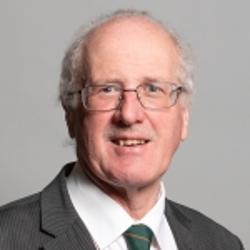Tax Avoidance
(asked on 25th October 2022) - View SourceQuestion to the HM Treasury:
To ask the Chancellor of the Exchequer, what estimate he has made of tax avoided through disguised remuneration schemes in the latest period for which figures are available; and if he will take steps to ensure those tax bills are settled by people or companies that recommended, promoted and operated those schemes.
HMRC estimates the tax gap, which is the difference between the amount of tax that should, in theory, be paid to HMRC, and what is actually paid. Around £0.4 billion of this gap is estimated to relate to marketed avoidance schemes, including disguised remuneration (DR) schemes, in 2020-21. HMRC’s data shows that the vast majority of marketed avoidance scheme use relates to DR schemes.
DR avoidance schemes seek to avoid tax that is due from those that use them, so action to counteract this involves a tax charge on the scheme user, rather than the promoter or enablers of such schemes.
Where the user was employed, HMRC will go to the employer to settle the tax due or collect the Loan Charge in the first instance. Where collection from an employer is not possible, such as when the employer no longer exists or is based offshore, HMRC considers other options to collect the tax due.
The Government and HMRC are committed to tackling promoters and enablers of tax avoidance schemes. Legislation included in Finance Acts 2021 and 2022 strengthens and accelerates this power and other measures to tackle promoters and enablers.

